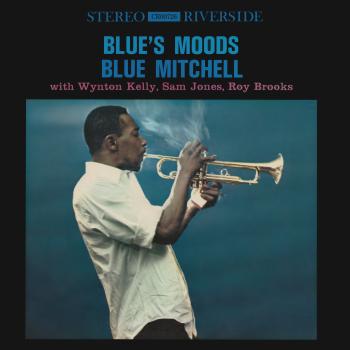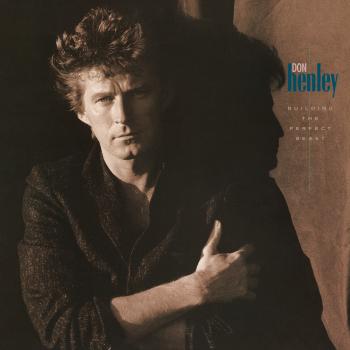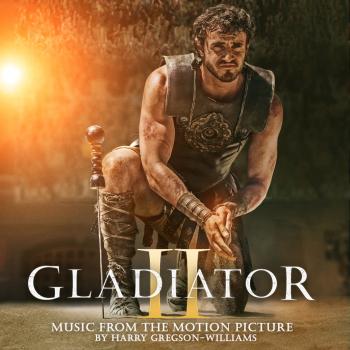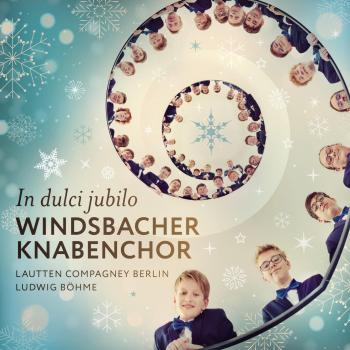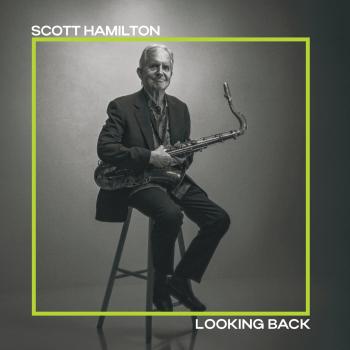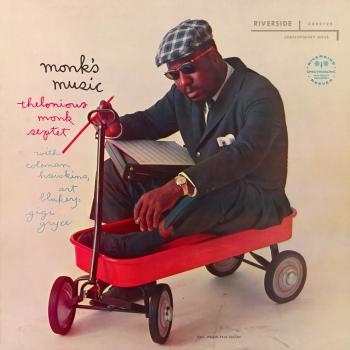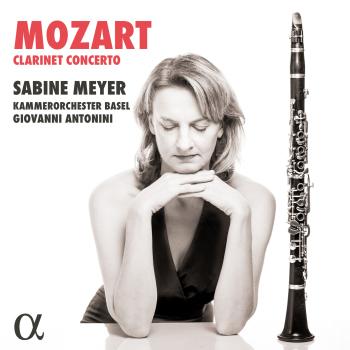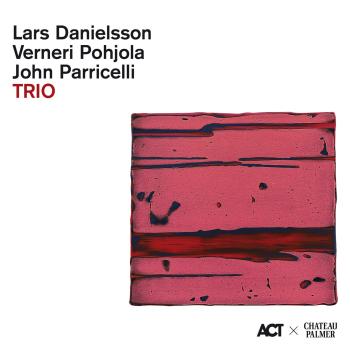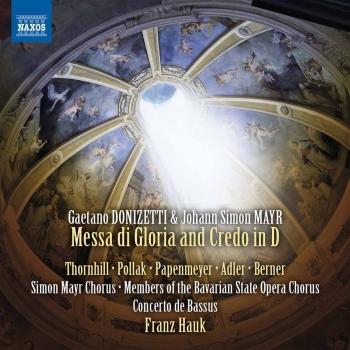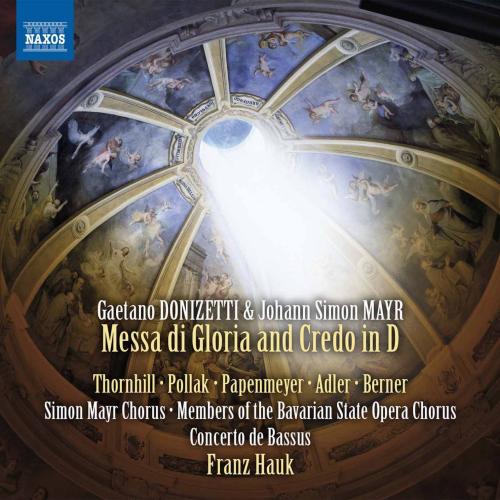
Donizetti & Mayr: Messa di gloria & Credo in D Major Simon Mayr Choir, Bayerischer Staatsopernchor, Concerto de Bassus & Franz Hauk
Album info
Album-Release:
2016
HRA-Release:
06.12.2016
Label: Naxos
Genre: Classical
Subgenre: Choral
Artist: Simon Mayr Choir, Bayerischer Staatsopernchor, Concerto de Bassus & Franz Hauk
Composer: Gaetano Donizetti (1797–1848), Johann Simon Mayr (1763–1845)
Album including Album cover Booklet (PDF)
- Gaetano Donizetti (1797-1848):
- 1 Kyrie in D Minor 12:34
- 2 Gloria in C Major 06:12
- 3 Laudamus e Gratias agimus in G Major 04:53
- 4 Domine Deus in E-Flat Major 11:47
- 5 Qui tollis in E Major 08:40
- 6 Qui sedes in C Minor 12:49
- 7 Cum Sancto Spiritu in C Minor: Cum sancto spiritu in C Minor 03:24
- 8 Credo in D Major: Credo 02:57
- 9 Credo in D Major: Et incarnates est 02:59
- 10 Credo in D Major: Et resurrexit 06:48
- 11 Ave Maria 03:34
- Johann Simon Mayr (1763-1845):
- 12 Sanctus 01:56
- 13 Benedictus 02:43
- 14 Agnus Dei 04:55
Info for Donizetti & Mayr: Messa di gloria & Credo in D Major
While the German tradition observes a strict distinction between sacred and secular styles, the 19th-century Italian Mass can feel more akin to attending an operatic performance. Donizetti's church music, consisting of at least a hundred items, has hardly been explored.
Individual movements were often later recycled by the composer, in cantata-like fashion to form a complete Mass and it is this ad hoc technique that Franz Hauk has used to create a new work, the Messa di Gloria and Credo in D. This includes an expansive Qui sedes with its violin solo written for the famous violinist-composer Pietro Rovelli, and is completed with movements by Johann simon Mayr from whom Donizetti learned his compositional craft in settings of sacred texts.
„With a few sacred pieces laying about doing nothing, the Johann Mayr champion, Franz Hauk, has combined works by Donizetti and Mayr to form a complete Mass. He uses as his authority the fact that composers of the time regularly plundered their previous works to create a new one that could be sold as an original work. He also has the further thought that Donizetti was championed by Mayr from whom he learned much, and though we now regard Donizetti only as an opera composer, he did in fact, write a prodigious quantity of sacred music, often intended to fill blank spaces in sacred events. So why not, says Hauk, bring four together, add two short sections (the Sanctus and Agnus Dei) by Mayr and, hey-presto, we have a new composition. Does it work? Well, if you want an operatic light-weight and happy sacred Mass, which at times borders on operetta, it does bring much to enjoy with solos and quartets interspersed with a very active part for chorus, while the orchestra enjoys a pivotal role. Four of the soloists—Marie-Sophie Pollak, Marie-Sande Papenmeyer, Mark Alder and Martin Berner—come from Germany, the Norwegian soprano, Siri Karoline Thornhill relishing two challenging solos in the long Gloria. Singers from Munich make up both choruses and perform with that assurance that belies their newcomer status to the music. The studio recording, which stretches the time limit of a CD, has well defined inner detail and ideally balances orchestral solos. The principal clarinet is outstanding in the Gloria’s Domine Deus; the horn living through a nightmare solo in the Qui tollis, while the leader has a long and taxing virtuoso passage in the Quie sedes section. Not a great ‘discovery’, but there are many Masses in the record catalogue that are far less attractive than this hybrid.“ (David’s Review Corner)
Siri Karoline Thornhill, soprano
Marie-Sophie Pollak, soprano
Marie-Sande Papenmeyer, alto
Mark Adler, tenor
Martin Berner, bass
Theona Gubba-Chkheidze, violin
Simon Mayr Choir
Members of the Bavarian State Opera Chorus
Concerto de Bassus
Franz Hauk, direction
No biography found.
Booklet for Donizetti & Mayr: Messa di gloria & Credo in D Major


